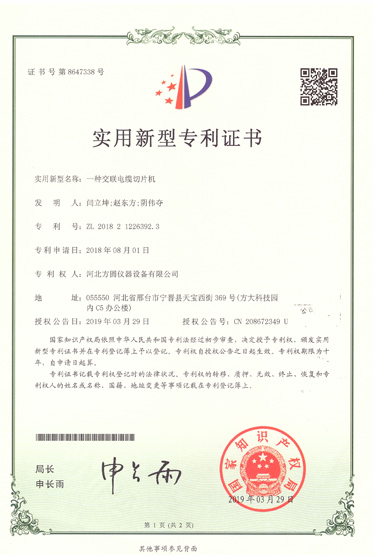Guidelines for Testing the Flame Resistance of Electric Cables in Vertical Arrangements
Understanding IEC 60332 Fire Safety Standards for Cables
In an increasingly interconnected world, the safety of electrical installations is paramount. One of the key standards governing fire safety in electrical wiring is the International Electrotechnical Commission (IEC) standard 60332. This standard addresses the behavior of cables when exposed to fire, outlining essential testing methods to assess their reaction to flames.
IEC 60332 specifically focuses on assessing the flame propagation of insulated cables, which is crucial for minimizing the risk of fire hazards in buildings, vehicles, and other structures. The standard is divided into several parts, each concentrating on different aspects of cable fire safety. These include vertical flame propagation, horizontal flame propagation, and the testing methodologies to measure the effectiveness of fire-resistant cable designs.
Understanding IEC 60332 Fire Safety Standards for Cables
The general principle behind the flame propagation tests outlined in IEC 60332 involves subjecting cables to a controlled flame under specific conditions. For instance, in the vertical flame test detailed in IEC 60332-1, a sample cable is suspended vertically and subjected to a flame at the bottom for a fixed time. Observations are made regarding the distance the flame travels, which indicates how well the cable withstands fire exposure. The results help categorize cables according to their fire performance, which is crucial information for designers and engineers.
iec60332

In addition to helping manufacturers improve their products, IEC 60332 plays an essential role in regulatory compliance. Many countries adopt international standards like IEC 60332 to ensure uniformity in fire safety regulations. When cables pass the IEC 60332 tests, it can lead to easier acceptance in various markets, as conformity to these standards serves as a testament to their reliability and safety.
With an expanding global market and increasing emphasis on safety regulations, the relevance of IEC 60332 cannot be overstated. Fire incidents can have devastating consequences, not only in terms of property damage but also in loss of life. Therefore, having stringent standards in place for the electrical cables that power our homes and industries is a necessary precaution.
Moreover, as technology evolves, IEC 60332 is expected to adapt. Innovations in materials and cable designs continue to emerge, prompting the need for updated testing methods and criteria. Stakeholders within the electrical and construction industries must stay abreast of these developments to ensure compliance with the latest standards and best practices.
Ultimately, the implementation of IEC 60332 serves a dual purpose it enhances the safety of electrical installations and promotes accountability among manufacturers. By adhering to these rigorous standards, the industry can foster an environment where safety is prioritized, ultimately protecting lives and property from the ever-present threat of fire.
In conclusion, IEC 60332 is a vital standard in the realm of electrical safety, specifically concerning the fire performance of cables. Its comprehensive approach to testing and classification enables manufacturers to create safer products while providing essential guidance to professionals in the field. As we continue to navigate the complexities of modern electrical systems, the principles embodied in IEC 60332 will undoubtedly remain a cornerstone of fire safety standards worldwide.
-
Why the Conductor Resistance Constant Temperature Measurement Machine Redefines Precision
NewsJun.20,2025
-
Reliable Testing Starts Here: Why the High Insulation Resistance Measuring Instrument Is a Must-Have
NewsJun.20,2025
-
Flexible Cable Flexing Test Equipment: The Precision Standard for Cable Durability and Performance Testing
NewsJun.20,2025
-
Digital Measurement Projector: Precision Visualization for Modern Manufacturing
NewsJun.20,2025
-
Computer Control Electronic Tensile Tester: Precision and Power for the Modern Metal Industry
NewsJun.20,2025
-
Cable Spark Tester: Your Ultimate Insulation Assurance for Wire and Cable Testing
NewsJun.20,2025
 Copyright © 2025 Hebei Fangyuan Instrument & Equipment Co.,Ltd. All Rights Reserved. Sitemap | Privacy Policy
Copyright © 2025 Hebei Fangyuan Instrument & Equipment Co.,Ltd. All Rights Reserved. Sitemap | Privacy Policy
